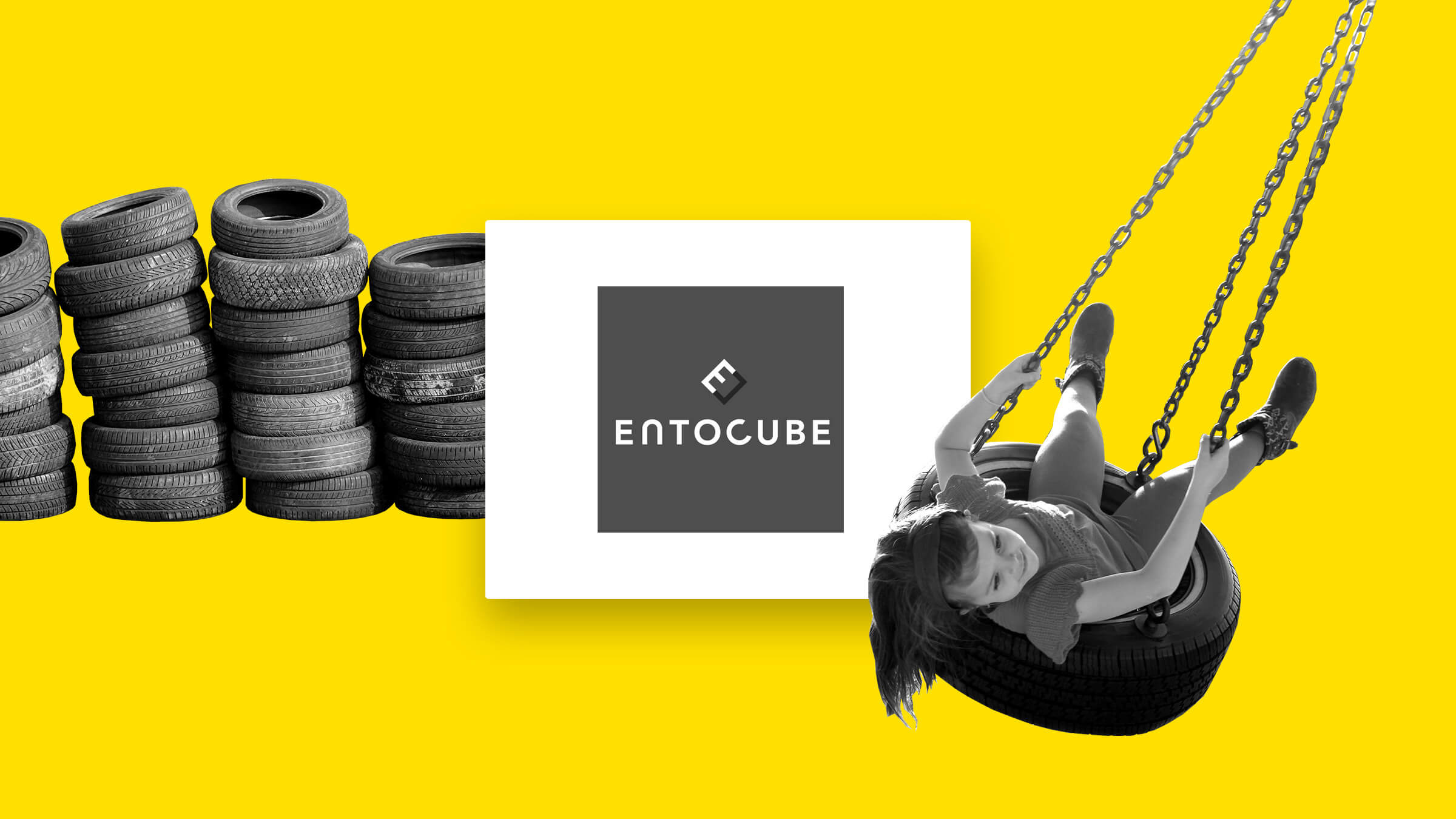Problem
The world population and demand for protein will continue to grow, but the earth’s resources are limited. Traditional meat production methods produce emissions and consume a lot of water. In addition, deforestation caused by the conversion of land for pasture is contaminating drinking water resources.
Solution: insects as a source of protein in the future
Entocube develops and sells technology solutions for both small and industrial-scale insect production. The Entocube production method can be installed, for example, at dairy farms that have either ceased or cut back their operations. In addition, the company sells insect products, such as oven-roasted crickets.
Revenue logic and benefits to Entocube
Entocube’s business is based on the sale of equipment and automation solutions associated with insect production and on offering maintenance services for the production units. Entocube acquires the insects from its contracted farming network, which it then refines and sells to consumers online and through retailers. Entocube is able to scale production quantities by using existing underused resources, such as farms.
Benefits to customers and end users
Entocube allows a new type of business to be conducted at unprofitable farms and the use of existing facility investments as a part of insect production. An additional benefit is that the farmers’ expertise and experience in protein production can be put to use in cricket-farm production. Crickets offer an alternative protein source for consumers.

















Recommended
Have one more?